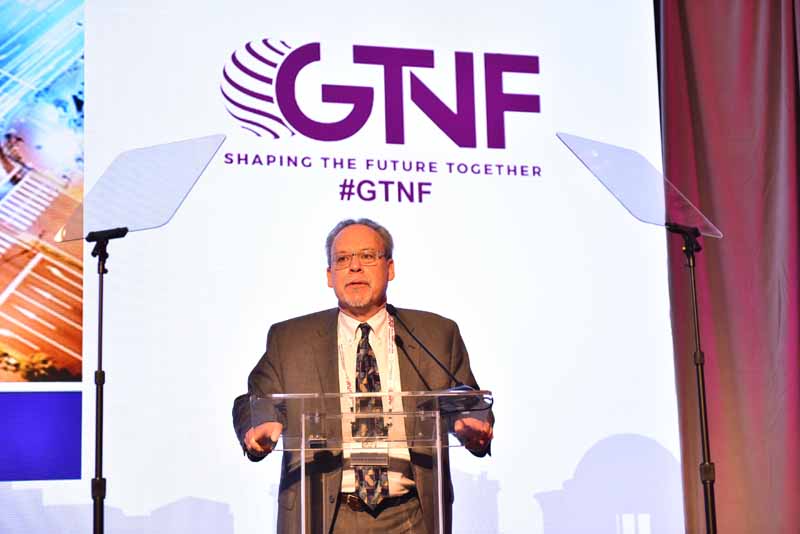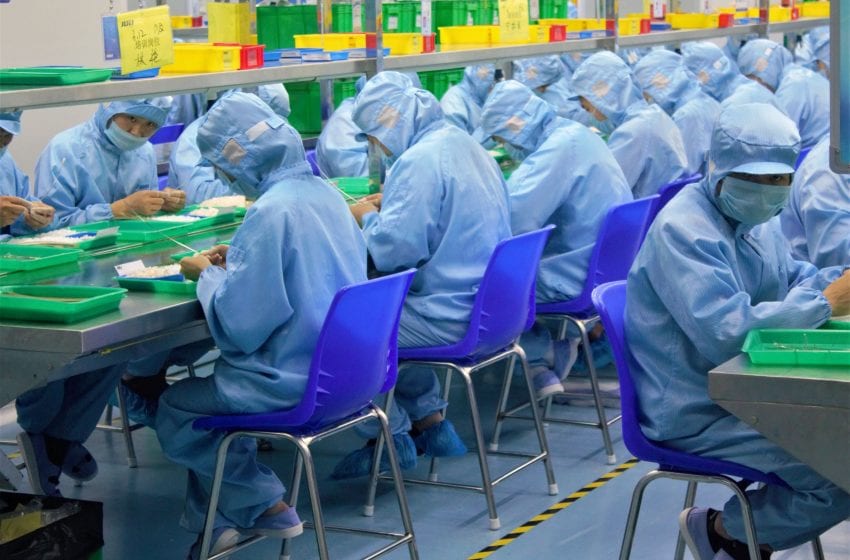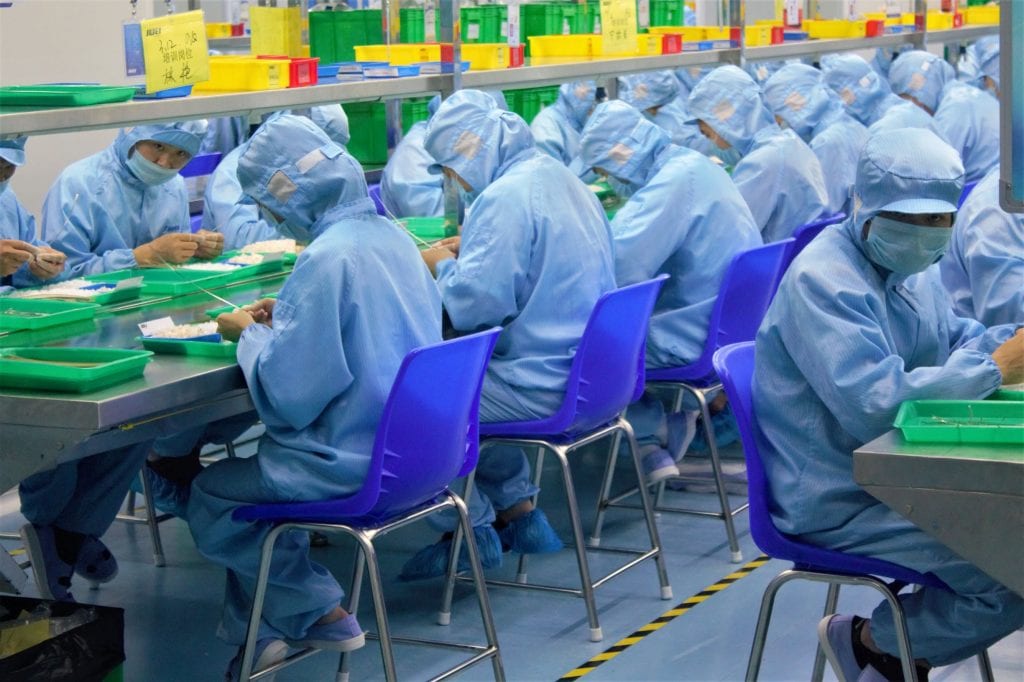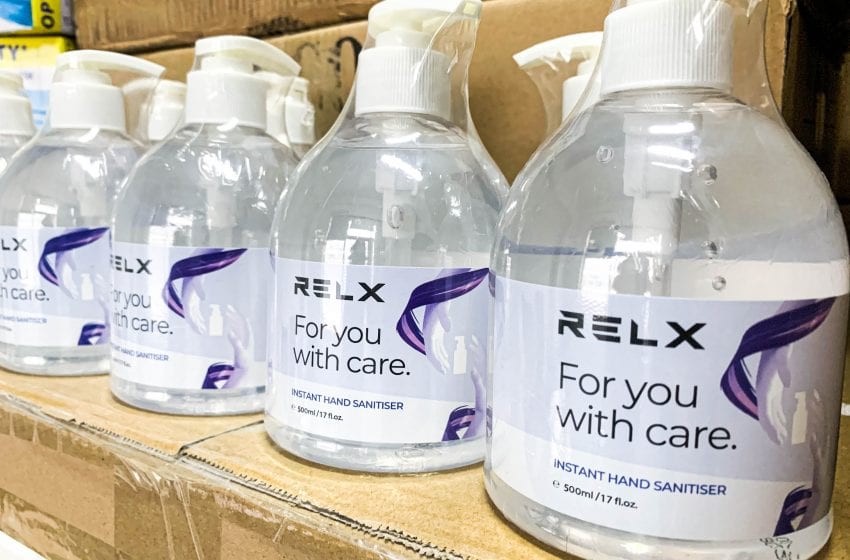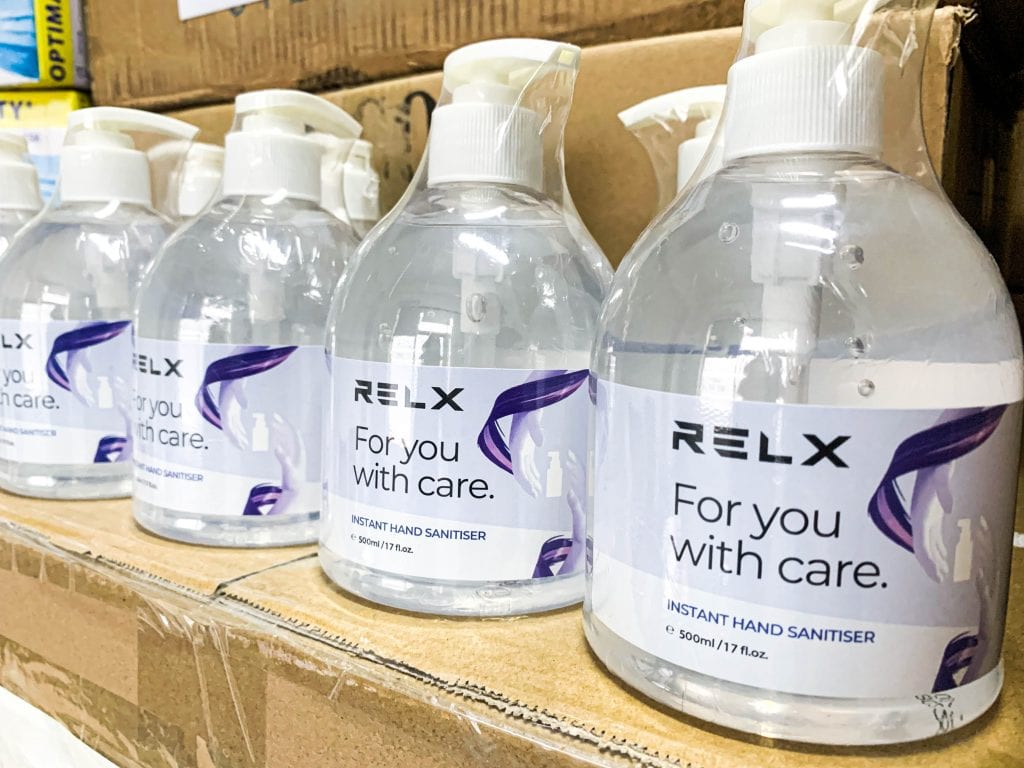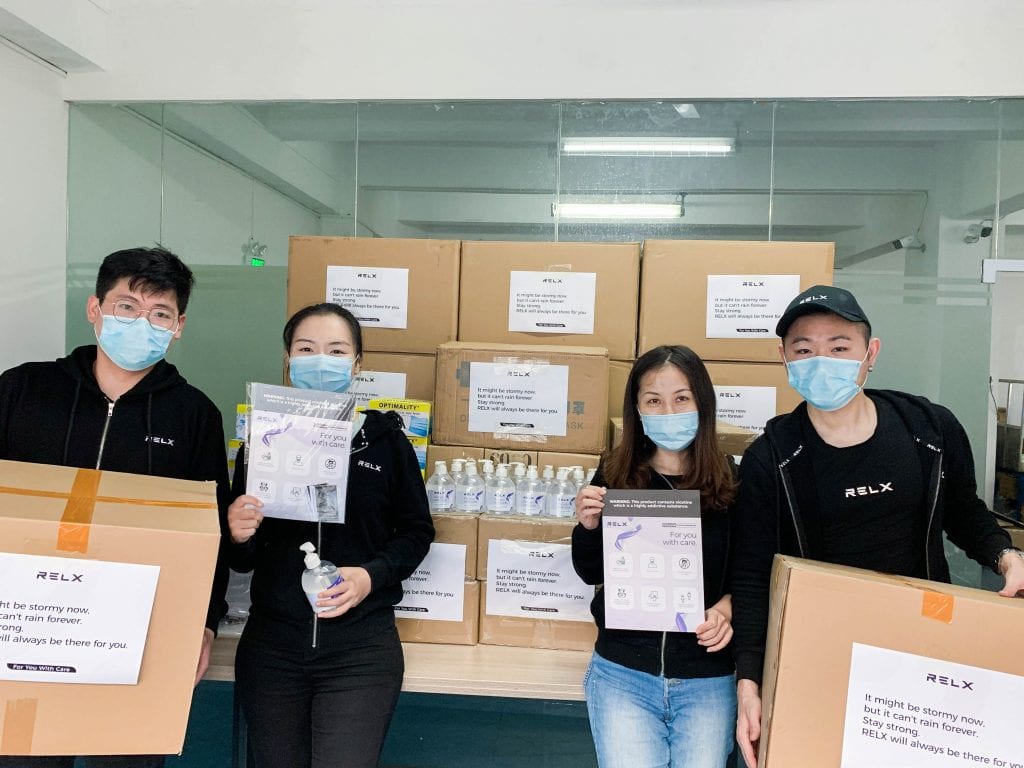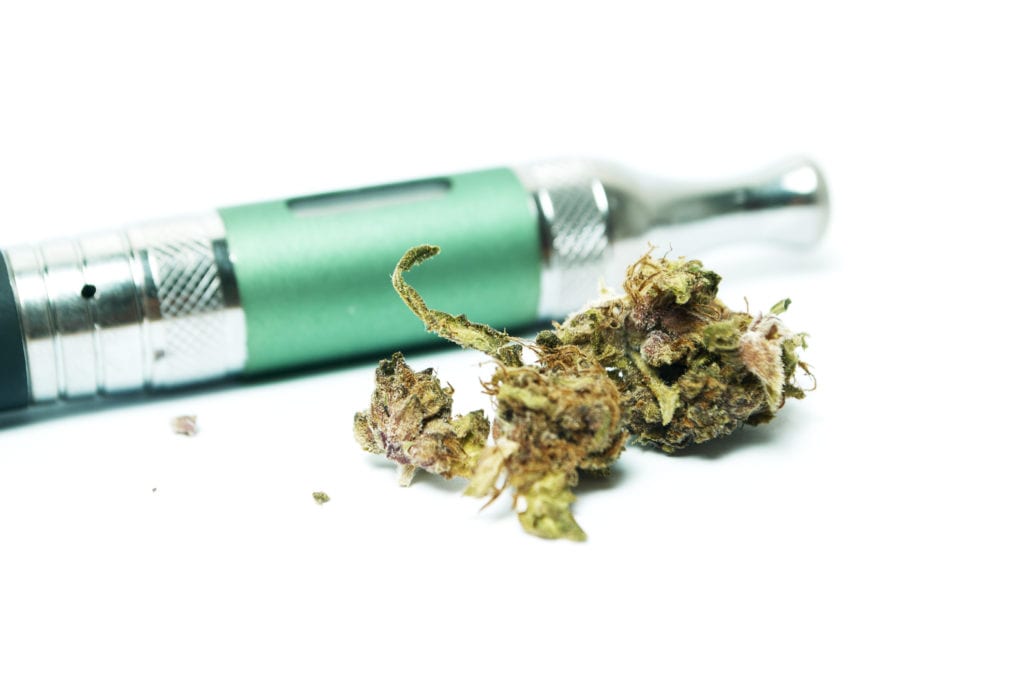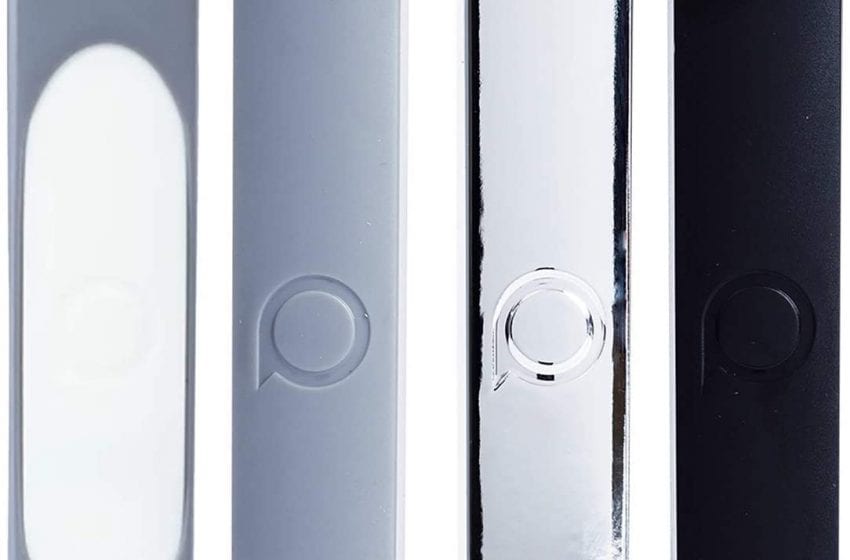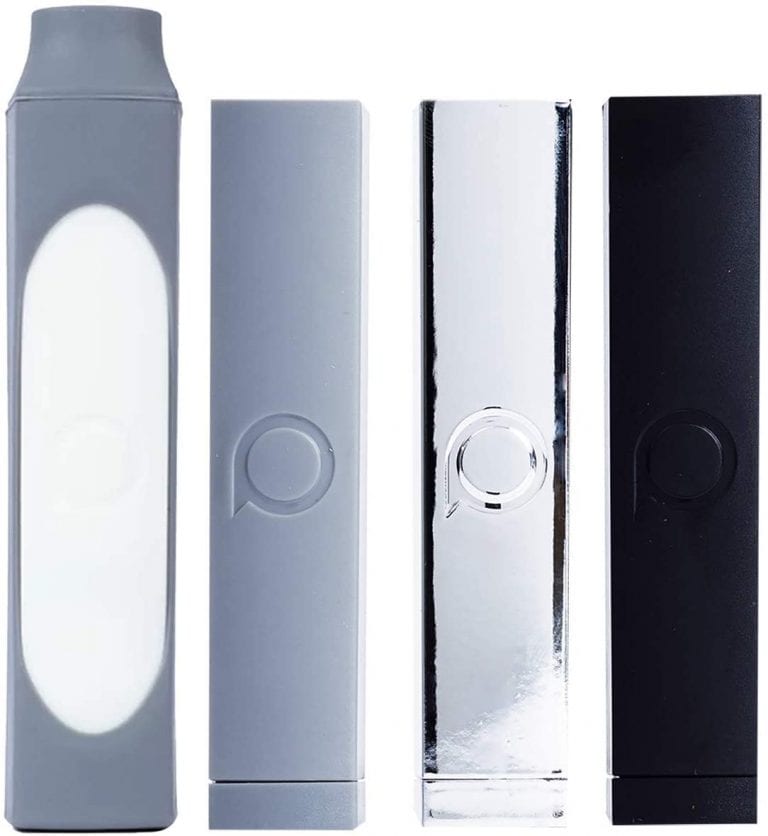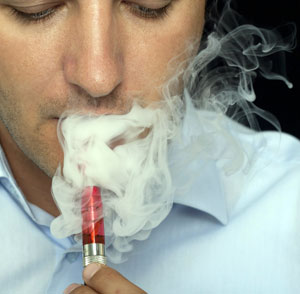The observed ‘gateway’ effect of e-cigarette use among teens is “likely to be small,” with only a tiny proportion of experimental vapers going on to smoke regular cigarettes, suggests research published online in the journal Tobacco Control.
If anything, young vapers are less likely to go on to smoke regular cigarettes than their peers who try out other tobacco products first, the findings indicate, according to a story posted on eurekalert.com.
The potential ‘gateway’ impact of e-cigarettes on teen smoking uptake has been hotly contested. And several studies have linked teen vaping to a heightened risk of smoking.
But, importantly, most of these studies have looked only at initial uptake, and not continued use, say the researchers. And for obvious reasons, no clinical trials can actually test whether e-cigarette use inevitably leads to smoking, according to the story.
To try and produce a more nuanced analysis of the issues, the researchers compared first experimentation with different types of tobacco products among nearly 40,000 US teens, using responses to the National Youth Tobacco Survey for 2014-17.
The teens were asked if they had ever tried a cigarette, even if it was only a puff or two. Those who said yes, were classified as ever smokers; those who had smoked at least one cigarette in the past 30 days were classified as such; while those who had smoked more than 100 cigarettes to date were classified as established smokers, according to the story.
Teens in each of these groups who had tried e-cigarettes first were compared with those who had first used other combustible tobacco products, such as cigars, cigarillos, hookahs, or pipes, and those who had first used non-combustible tobacco products, such as snuff and chewing tobacco.
The three groups of smokers who had first tried e-cigarettes were then matched with teens with similar social, demographic, and behavioural characteristics, including vulnerability to taking up smoking, but who hadn’t tried e-cigarettes first, according to the story.
This was done, using a statistical technique (PSM), which mimics some of the features of a clinical trial and reduces the influence of other potentially important factors.
The most common ‘starter’ product was cigarettes, the findings showed, followed by other combustibles, e-cigarettes, and non-combustibles. This is despite e-cigarettes being more frequently used than any other product from 2015 onwards, point out the researchers.
Girls were less likely than boys to have tried any product, but, overall, the likelihood of experimentation rose with increasing age, the story states.
Compared with those who first used tobacco alternatives to cigarettes, those who first tried e-cigarettes were less likely to have ever smoked cigarettes.
Less than 1% of teens who tried e-cigarettes became established smokers, a proportion that was significantly smaller than any other category.
The conversion rate from ever to established smoking was much lower for teens who tried e-cigarettes first: 2.7%, which compares with 9% for combustible product first timers and almost 16% for non-combustible product first timers. These findings were backed up by the PSM analysis.
What’s more, “the association of subsequent use of e-cigarettes was stronger for adolescents initiating with cigarettes than the association of subsequent cigarette smoking for e-cigarette initiators,” write the researchers.
“This underlines the fact that cigarettes act as a much more important gateway for any product use,” they explain.
This is an observational study, and as such, can’t establish cause, added to which not all factors that might have potentially influenced the findings, such as behaviour and mental health issues, were accounted for, the story states.
Nevertheless, the findings of their analysis lead the researchers to conclude: “This suggests that, over the time period considered, e-cigarettes were unlikely to have acted as an important gateway towards cigarette smoking, and may, in fact, have acted as a gateway away from smoking for vulnerable adolescents….The postulated gateway effect is likely to be small.”





